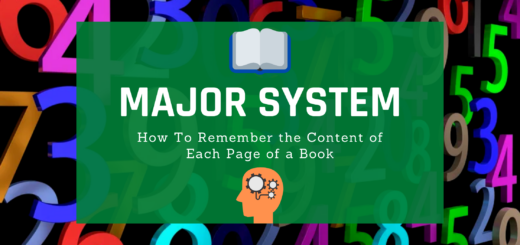Mind Maps: How To Summarize Books On One Page
Mind maps are a brain-friendly thinking tool that helps you structure information and gain an overview. Mind maps can be used for various purposes, such as brainstorming, information management, concept development, planning, organizing, documenting, or visualizing.
Creating a Mind Map
To create a mind map, start by illustrating the topic with an image in the center of a landscape-oriented sheet. From there, draw lines extending towards the corners of the page, writing the main keywords for your mind map on these main branches. From each main branch, draw additional lines to add subcategories, noting down related terms or ideas. Ideally, use only one word per branch. Incorporate colors, images, and symbols to make your mind map more engaging.
Guidelines for Creating a Mind Map:
- Place a colored image in the center.
- Write only one word per branch.
- Use capital letters for words.
- Connect branches to one another, making each as long as the word or image it represents.
- Emphasize important elements by making branches thicker, using uppercase letters, or drawing clouds around them.
- Use numbers and codes to show sequences or connections.
- Incorporate arrows, symbols, numbers, letters, images, colors, sizes, and outlines.

Advantages of a Mind Map Compared to Linear Notes
- The tree-like structure of a mind map organizes and structures information automatically.
- Using keywords reduces the summarized content to the essentials.
- Due to its visual and structured presentation, a mind map is more memorable.
- Since only keywords are used, creating and revisiting a mind map is faster than with linear notes.
- The mind map can easily be expanded by adding more branches or images.
Summarizing Texts and Books with Mind Maps
When summarizing a text with a mind map, start by illustrating the text’s topic in the center and draw branches to represent the main sections, giving you a quick overview of the themes addressed. The table of contents can be a valuable guide for determining the main branches. Next, create a first layer of sub-branches for each main branch, then continue to add further details.
When summarizing a book with a mind map, follow these steps:
- Read the Book: Highlight the key passages.
- Center the Topic: Illustrate the book’s topic in the center. You might even sketch the book’s cover.
- Create Main Branches: Start with the main themes of the book, using the table of contents as a guide.
- Expand Each Branch: Begin with the first main branch, collecting all key information on this topic. Draw additional branches from this main branch, recording key ideas as keywords or images. Continue to expand each main branch similarly.
- Review and Refine: Go over your mind map, revising or adding details as needed.
- Store and Revisit: File your mind map in your knowledge base and revisit it regularly. To help remember your mind map’s content, use the loci method, mentally placing each keyword at specific locations along a route.
Incorporating mind maps into your study of any nonfiction book will fill your knowledge base with rich, structured content that you can easily revisit and apply.





